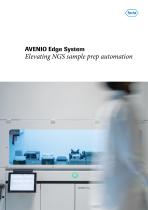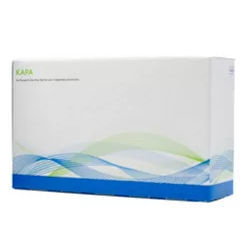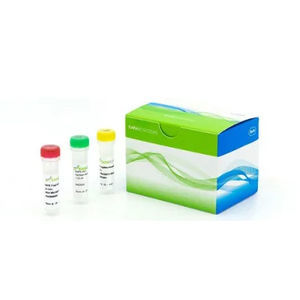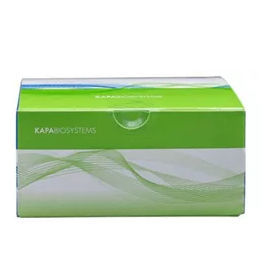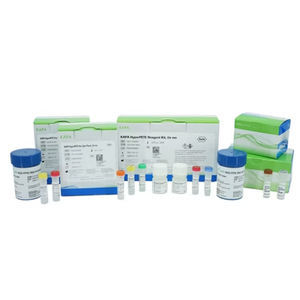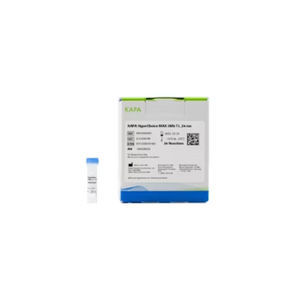
- Laboratory
- Laboratory medicine
- DNA polymerase reagent
- Roche Sequencing Solutions
Solution reagent kit KAPADNA polymerasefor researchNGS
Add to favorites
Compare this product
fo_shop_gate_exact_title
Characteristics
- Type
- solution, DNA polymerase
- Applications
- for research, NGS, for DNA quantification
- Storage temperature
-20 °C
(-4 °F)
Description
For Research Use Only. Not for use in diagnostic procedures.
Overview
KAPA Library Quantification Kits contain all the reagents needed for the accurate, reliable and reproducible qPCR-based quantification of next-generation sequencing (NGS) libraries prepared for sequencing on Illumina platforms. Kits include KAPA SYBR FAST qPCR Master Mix (formulated with different passive reference dyes for different qPCR instruments), a platform-specific library quantification primer premix, and a pre-diluted set of DNA standards. Refer to the Instrument Compatibility Chart for guidance on compatible platforms.
Benefits of KAPA Library Quantification Kits
Reliable and sensitive quantification of all sequencing-competent library molecules
Accurate and reproducible quantitation across a wide range of library types, concentrations, fragment length distributions and GC content
Accurate, equimolar pooling for multiplexed sequencing
Flexibility to support manual and automated high-throughput pipelines as well as PCR-free workflows
What makes KAPA Library Quantification Kits highly efficient for library quantification?
KAPA Library Quantification Kits contain KAPA SYBR FAST DNA Polymerase, which was engineered through our directed evolution technology to amplify diverse DNA fragments with similar efficiency. This is important for the amplification of heterogeneous populations such as NGS libraries. Library quantification kits containing wild-type DNA polymerases only count “easy” library molecules.
Catalogs
AVENIO Edge System
12 Pages
Other Roche Sequencing Solutions products
Sample preparation Reagents
Related Searches
- Roche solution reagent
- Roche molecular biology reagent
- Roche research reagent
- Diagnostic reagent kit
- Laboratory reagent kit
- Roche enzyme reagent
- Histology reagent kit
- Buffer solution reagent kit
- Antibody
- PCR reagent kit
- Clinical reagent kit
- Virus reagent kit
- Tissue reagent kit
- DNA extraction reagent kit
- Roche NGS reagent
- Roche DNA polymerase reagent
- QPCR reagent kit
- Enzymatic reagent kit
- DNA purification reagent kit
- Taq DNA polymerase reagent kit
*Prices are pre-tax. They exclude delivery charges and customs duties and do not include additional charges for installation or activation options. Prices are indicative only and may vary by country, with changes to the cost of raw materials and exchange rates.


